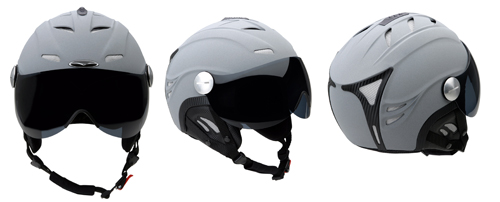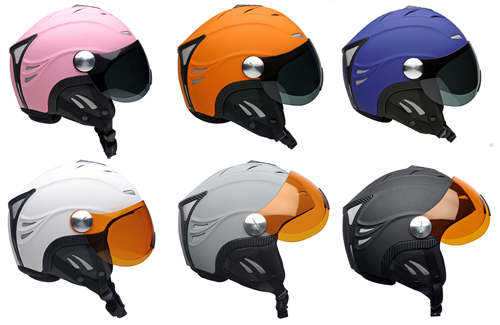wera710
Well Known Member
Well, after three near bird strikes last few weeks (Vultures the size of C-180s and an Eagle that was looking as disconcerted as I was!), I finally broke down and dug out my 90’s era issue military goggles. Talking about the current iteration of the old WW2 Polaroid B8/M-1944 goggles, now days known and still issued as “Goggles, Sun, Wind and Dust.” If you are not former military, you can find them brand spanking new online for about $12.00. They come with one tinted and one clear lens.
The nice thing about them is that they come in a cardboard storage box that can be velcro’d to the floor of the RV-8 underneath the seat pan, aft and to the left or right of the stick. Totally out of the way until needed in an emergency. I am sure the storage box would fit well in other RVs as well.
Granted, they won’t help you initially if you are not wearing them and take a hit, but if something does come through the canopy and you survive, you at least have a tight fitting goggle immediately on hand that can be put on for your attempt at bringing your wounded bird home. They seal very well will be far more effective than eye glasses.
I’ve always thought it prudent to keep actual goggles in any aircraft flown near migratory or permanent flocks of large birds, but it took a vulture missing me by a few feet to finally get me off my duff to do something about it. If you are of like mind, just put some adhesive backed hook and loop fasteners on the goggle box and an out of the way, but instantly accessible place in your cockpit. Cut a small finger hole in the box top to make it easy to pry open in a hurry. Then forget it until you need it. Cheap insurance!
Here is a link to images: https://www.google.com/search?q=gog...HO_nsASI2oKgBw&ved=0CIQBELAE&biw=1277&bih=718
The nice thing about them is that they come in a cardboard storage box that can be velcro’d to the floor of the RV-8 underneath the seat pan, aft and to the left or right of the stick. Totally out of the way until needed in an emergency. I am sure the storage box would fit well in other RVs as well.
Granted, they won’t help you initially if you are not wearing them and take a hit, but if something does come through the canopy and you survive, you at least have a tight fitting goggle immediately on hand that can be put on for your attempt at bringing your wounded bird home. They seal very well will be far more effective than eye glasses.
I’ve always thought it prudent to keep actual goggles in any aircraft flown near migratory or permanent flocks of large birds, but it took a vulture missing me by a few feet to finally get me off my duff to do something about it. If you are of like mind, just put some adhesive backed hook and loop fasteners on the goggle box and an out of the way, but instantly accessible place in your cockpit. Cut a small finger hole in the box top to make it easy to pry open in a hurry. Then forget it until you need it. Cheap insurance!
Here is a link to images: https://www.google.com/search?q=gog...HO_nsASI2oKgBw&ved=0CIQBELAE&biw=1277&bih=718
Last edited:







